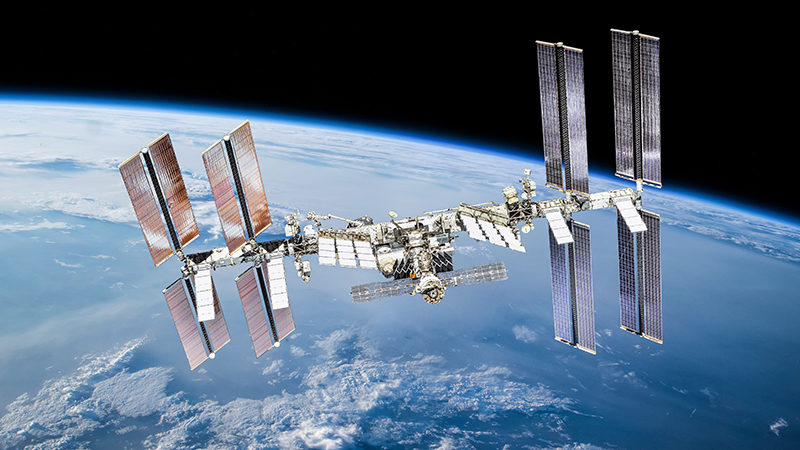

NASA’s International Space Station (ISS) has been a major force in the space industry for more than 20 years. The ISS has operational authorisation until 2024, but NASA may extend funding until 2028.
Regardless, it will be out of service by the end of the decade. How will this impact the space industry, and what will its replacement be?
The ISS entered operation in 1998 as a joint operation between NASA, the ESA, CSA, JAXA, and the Russian Space Authority, among others. Its primary mission has always been to support scientific research in space to improve our understanding of humanity’s interaction with it.
The ISS costs NASA around $4 billion each year. Its technology was cutting-edge, as are some of its newer parts. On the whole, though, it is a floating mass of ageing parts that will soon be unviable to operate.
Russia has been of this opinion since 2015. It announced it would withdraw from the ISS in 2024, although it has since extended this to 2025. Political concerns aside, Russia appears to have taken a far more pragmatic view on this issue than its mission partners.
Currently, NASA has no concrete plan for decommissioning the ISS. It cannot let it fall to Earth because it weighs 400 tons, is roughly the size of a football pitch, and has the equivalent living capacity as a six-bedroom house. If the ISS were to fall out of orbit, it could cause significant damage.
So, what can be done to remove and replace the ISS? As has become the trend in recent years, private space companies are stepping up to the challenge. Blue Origin recently announced, among other plans, a space tug for reclaiming orbiting scrap. It would move cargo between orbits and possibly assist with bringing things back to Earth.
Blue Origin announced its tug as part of its larger Orbital Reef concept. In short, it will be a mixed-use business park in space. Theoretically, the company will salvage and reuse some of the more viable parts of the ISS.
The commercial space station will feature desk space, a garden and lab, 3D printers and computers. It will be like any other mixed-use commercial office, except it will be in Low Earth Orbit. Blue Origin is working alongside several companies, including Boeing and Sierra Space, to develop the 10-person concept.
Orbital Reef points towards the trend of commercialised space travel. Blue Origin believes companies will jump at the chance to send employees into space without the need for their own infrastructure. If the recent boom in private satellite launches has taught us anything, this will likely be the case.
It probably will not be long until other big players in the industry follow suit. NASA launched its Commercial Destinations in LEO programme to seek a replacement for the ISS but has also shifted its focus elsewhere. One example is its Artemis programme, focusing on human habitation of the Moon.
As a result, will we see continued commercialisation of Low Earth Orbit? Most likely; the floodgates have been opened on it becoming an accessible space for companies with the right infrastructure. Importantly, though, does it bring us one step closer to space tourism? Only time will tell.
